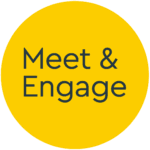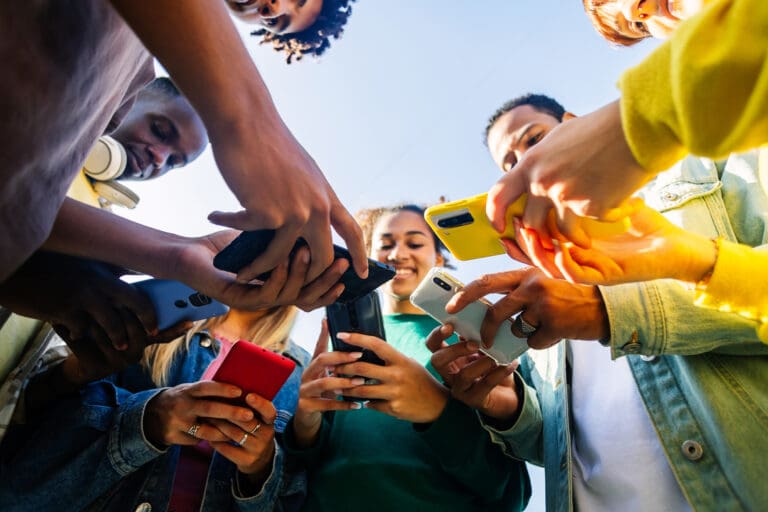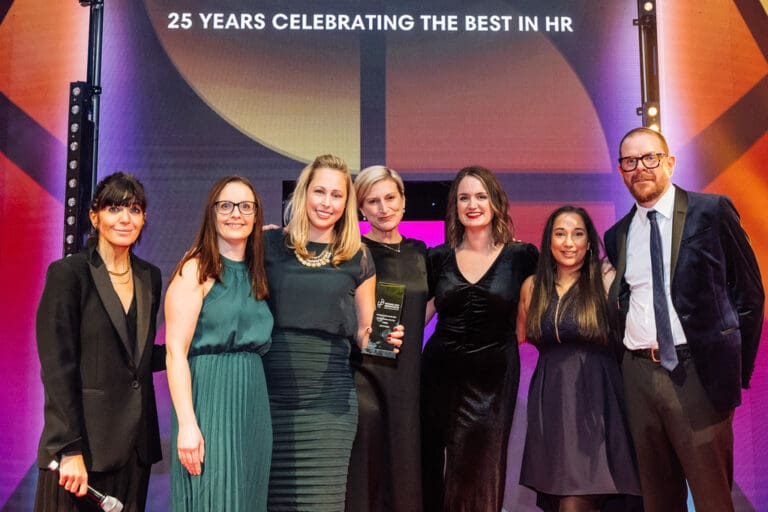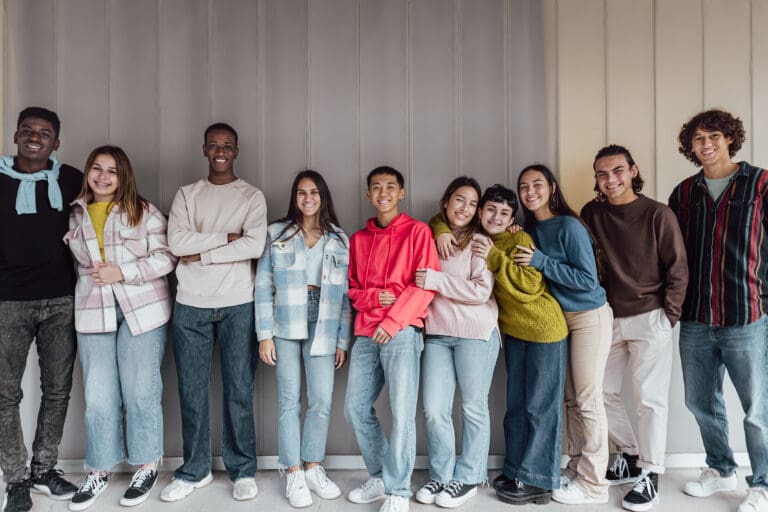Support your early careers candidates with a personalised hiring journey that adds real value
If you recruit in the Early Careers space, typically you’ve set a multi-stage hiring journey which will take several hours to complete over a period of weeks or potentially months.
You’ll have designed your hiring journey to achieve the best outcomes for your business when it comes to future talent, but each of these stages – and all the micro-moments in between – will also be helping to form a decision in the candidates’ mind. That’s why we call them the ‘moments that matter’. They are moments when the candidate is full of intent, their preferences are shaped, and their decisions made.
This makes each stage a lever you can adjust and pull to achieve success in your hiring. They are also the points at which you can personalise the experience, add value and give something back to the candidate.
Throughout your process, candidates will be exposed to a number of systems and platforms – from your careers site to your applicant tracking system, and HRIS – some of the tech may give a superb experience, others may give a slow or even worrying experience; “I’ve submitted my application, why haven’t I heard anything???” being a common complaint.
Either way, what you’re using at each stage will inevitably influence the moments that matter.
At Meet & Engage, we often use the lens of viewing candidates as consumers as a useful litmus test of how you are treating your potential employees during the hiring journey. When it comes to brand advocacy, the effect a positive – or indeed negative – candidate experience can have on your successful hiring is enormous.
According to findings from TalenTeam, candidates who are happy with their hiring experience are 38% more likely to accept an offer and, whether they join you or not, they are 34% more likely to recommend you to others. And Glassdoor found that great onboarding can lead to 82% better retention rates, whilst a negative experience makes employees twice as likely to seek a new opportunity.
Great onboarding can lead to 82% better retention rates, whilst a negative experience makes employees twice as likely to seek a new opportunity
Brand advocacy is critical for two reasons:
Firstly, many employers will be engaging with thousands of candidates a year, and their experience in the hiring process will influence how they see your brand in the future, both as potential employees and as consumers.
Secondly, despite the economic cross winds, it’s still a competitive market for candidates, so it’s essential you create an experience that helps you stand out.
Most employers will have priorities when it comes to certain under-served groups – be that by gender, ethnicity, social mobility, neurodiversity, disability or any other protected characteristic – and quite rightly, diversity and inclusion will likely be one of the core pillars of your early careers strategy.
With this in mind, seeing the hiring journey from start to finish as a fundamental set of levers to help you achieve your aims is key (I’m not ignoring the need for cultural experience on joining to match the pre-hiring experience, but that’s a whole thing in its own right).
Let’s set the scene. Bright Network recently released their fantastic annual research – here are some key stats which underpin the importance of optimising the hiring journey for our under-represented groups:
- 30% of their members believed their background has hindered them when applying to an opportunity, that rises to 43% for black heritage candidates.
- A large proportion of their members from ethnic minorities and lower socio-economic statuses believe they have been discriminated against in at least one application process.
- There are vast differences between those from private schools and those from non-selective schools when it came to confidence and feeling prepared for the world of work.
You’ll all have taken a good look at your assessment and selection processes for adverse impact, but what else can you be doing to create a sense of belonging and familiarity? Can you share role models’ stories? Can you run practice sessions or online recruiter Q&As ahead of key points in the selection process? And do you have a check point in place to test confidence levels ahead of video interview for example? A quick check for engagement can allow you to focus your human energies where someone might be struggling.
And why is this so important? Well, it can lead to in-process attrition as candidates decide that the process is complicated and unfamiliar – this can prove costly and frustrating for you. But also, applying a bit of lay-persons’ psychology for a moment: whatever our background, we all perform better if we feel confident. And confidence is strongly linked to a sense of belonging, which in turn breeds familiarity. It’s a simple equation but if you can create that sense of belonging and familiarity, the rest is much more likely to follow.
Whatever our background, we all perform better if we feel confident
Personalisation is something we take for granted in almost all aspects of our lives. To the point that it stands out when we’re treated in an untailored way. It feels clumsy, out-of-sync and off-putting. You know the sort of thing; the email arriving saying “Dear First Name” rather than your actual first name.
So, what is personalisation? In basic terms it’s designing or producing something to meet someone’s individual requirements and it’s arguably the most important tenet of successful marketing today.
Evidence of the importance of personalisation includes:
- 78% of consumers are more likely to make repeat purchases from brands that personalise.
- Nearly 80% are also more likely to refer their family and friends to these companies.
- Over 70% of consumers now expect personalisation and are frustrated when they don’t find it.
Given that our candidates are consumers, personalisation has become a must-have for today’s brands and employers.
Personalisation should be relevant, helpful but non-intrusive. The digitally savvy consumer – in our case the candidate – expects a helpful, personal, and frictionless experience. They are expecting relevant and super-useful information. They’re curious, demanding, and impatient. Their online behaviour is now far less the predictable daily online sessions and now much more a rapid series of fragmented interactions – or micro-moments – in the main using their smart phone.
This is a really obvious – but often under-baked – concept when it comes to early careers hiring: reciprocity.
Reciprocity in marketing terms is providing value upfront to motivate customers – or candidates in our case – to give something in return. So how can we usefully apply this to the future talent hiring journey?
You can ensure that you are adding value every step of the way, whether a candidate joins you or not
Simple! You can ensure that you are adding value every step of the way, whether a candidate joins you or not. Let’s face it only: a small percentage of those who’ve invested their time in the journey will end up with an offer, but why not ensure they gain professional or personal development in their time with you
According to recent reports, it’s what your early career audience want:
- 40% of graduates are significantly concerned by the uncertain climate.
- Lack of network is considered the biggest barrier to securing a graduate role.
- 95% want to be upskilled by employers.
- 59% want online skills training workshops.
- 70% want mentoring opportunities.
- 54% want coaching during the hiring journey.
So, if at each stage you’re asking for an application form to be completed, a video interview to be sat, an assessment centre to be attended – then what can you give back in return for the hours invested by the candidate?
95% of graduates want to be upskilled by employers
Pre-skilling and upskilling are something Gen Z are asking for, and the good news is, providing it benefits all sides; professional and personal development for our candidates, reduces attrition and time to productivity for your business. So, what are you sharing at induction stage and beyond that you could bring forward to the hiring journey? What information and insights could benefit the audience whether they join you or not?
To sum-up, each stage of the early careers hiring journey is a lever you can pull to achieve a balance of successful hiring for your business and valuable experience for your potential new hires – making it a win-win.
Meet & Engage is a candidate experience platform with a difference, designed to inspire, influence and inform candidates, helping them to navigate the recruitment process. If you’d like to find out more about optimising your candidate experience, book a consultation to chat with our team.






